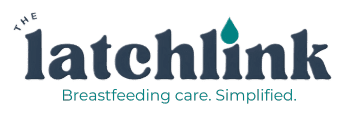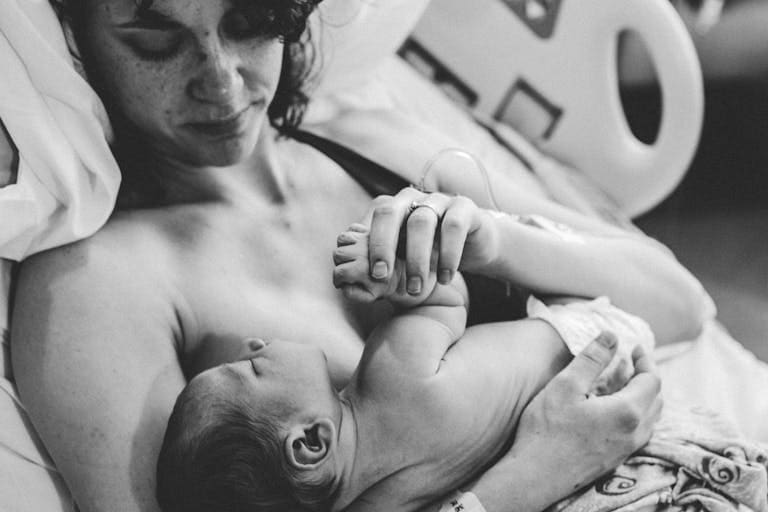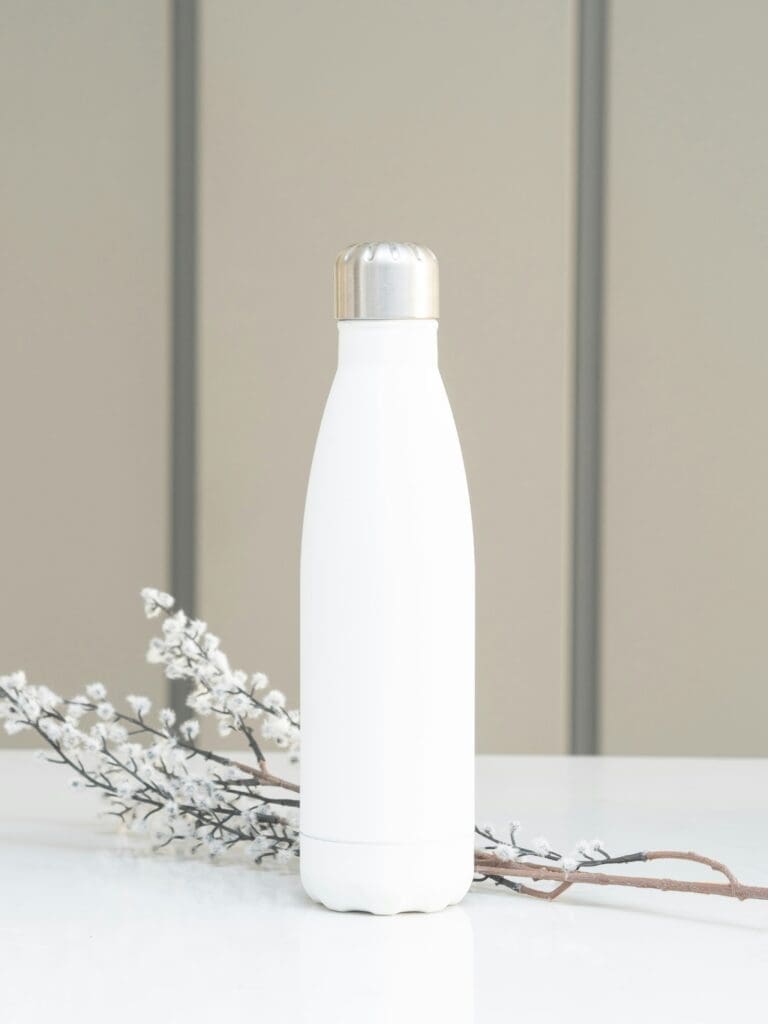Breastfeeding Myth or Fact? Here’s What’s Actually True
There’s a lot of advice out there about breastfeeding—some helpful, some… not so much. And when you’re a new mom trying to figure things out (probably with a baby in one arm and your phone in the other), it can be hard to know what’s fact and what’s just a breastfeeding myth.
So let’s break down some of the most common breastfeeding myths and get to the truth—so you can feel a little more confident, a little more supported, and a whole lot less overwhelmed.
Whether you’re breastfeeding for the first time or just need a refresher, here’s what’s really true about some of the top myths we hear again and again.
Breastfeeding Myth #1: “Breastfeeding shouldn’t hurt.”
The truth: Some tenderness is normal in the first few days—but ongoing pain isn’t.
It’s common to feel some discomfort during the early days of breastfeeding, especially as your nipples adjust and baby learns how to latch. But if you’re experiencing cracked nipples, toe-curling pain, or dread every time baby starts rooting—that’s a sign something’s off.
Pain is usually a symptom of an issue like a shallow latch, tongue tie, or positioning problem—and the good news is, most of those can be addressed with the right support. A lactation consultant can help you troubleshoot before things get worse (or you feel tempted to stop altogether).
🍼 Pro tip: If you’re wincing every time baby latches, reach out. It doesn’t have to be that way.
Breastfeeding Myth #2: “You won’t make enough milk unless you supplement.”
The truth: Most people can make plenty of milk with the right support.
It’s easy to worry about supply—especially when you can’t see how much baby is getting. But the truth is, your body makes milk based on demand. The more your baby nurses (or the more milk you express), the more milk you’ll produce.
Supplementing without a medical need can actually lead to lower supply because it tells your body there’s less demand. Of course, formula has its place—and you get to choose what works best for your family—but don’t assume you need to add a bottle unless advised by your provider.
🙌 Want to know if your baby’s getting enough? Wet diapers, weight gain, and contented feeding cues are better signs than any bottle top-up.
Breastfeeding Myth #3: “Big breasts make more milk.”
The truth: Breast size has nothing to do with milk production.
It’s not about size—it’s about glandular tissue. People with smaller breasts can produce just as much milk as those with larger ones. And bonus? Smaller breasts often mean milk is stored in smaller amounts, more frequently, which can actually support more frequent feeding.
The amount of fatty tissue (which determines breast size) doesn’t affect your body’s ability to make milk. So if you’re worried your body isn’t “built” for breastfeeding—don’t be. You’ve got this.
💡 Your hormones, latch, and feeding frequency matter way more than your cup size.
Join The Latch Link Newsletter!
Breastfeeding Myth #4: “You have to drink milk to make milk.”
The truth: Nope! You can produce breastmilk just fine without drinking dairy.
Hydration is key to milk production, but that doesn’t mean you need to chug cow’s milk. You can meet your fluid needs with water, juice, soups, or dairy alternatives. What your body needs is enough fluids—not a specific kind of milk.
And if you or your baby are sensitive to dairy? Cutting it out won’t harm your supply at all. In fact, some babies do better when dairy is limited or removed from the breastfeeding parent’s diet.
🥤 Drink to thirst, eat enough calories, and rest when you can—that’s the real milk-making magic.
Breastfeeding Myth #5: “If your baby wants to nurse all the time, you must not be making enough milk.”
The truth: Frequent nursing—especially in the early weeks—is normal and healthy.
Cluster feeding is real, and it’s exhausting—but it’s not a sign of failure. Babies go through periods of increased nursing to help boost your supply, comfort themselves, or settle after a big developmental leap.
Instead of watching the clock, watch your baby. Are they content after feeding? Making plenty of wet and dirty diapers? Gaining weight? If so, you’re doing just fine—even if it feels like they’re permanently attached to your chest right now.
😅 Some days it feels like all you do is feed. That doesn’t mean something’s wrong—it means your baby is doing exactly what they’re supposed to.
Breastfeeding Myth #6: “You can’t get pregnant while breastfeeding.”
The truth: Breastfeeding can delay ovulation, but it’s not foolproof birth control.
Exclusively breastfeeding (meaning no bottles or solids, day and night) can suppress ovulation for a few months, especially in the early postpartum period. But as soon as your baby starts sleeping longer stretches or eating other foods, your fertility can return—even before your first postpartum period.
The Lactational Amenorrhea Method (LAM) can be a reliable form of birth control under specific conditions, but if avoiding pregnancy is your goal, don’t rely on breastfeeding alone unless you’ve had guidance from a provider.
⏰ If your baby is over six months or feeding patterns have shifted, it’s time to explore other birth control options.
Breastfeeding Myth #7: “You have to wean when you go back to work.”
The truth: Many parents successfully breastfeed while working.
It takes some planning (and maybe a few extra pump parts), but breastfeeding after returning to work is possible and common. Whether you’re pumping during breaks, nursing before and after work, or combo feeding in a way that works for you—there’s no “right” way to do it.
The key? Advocate for yourself at work, build a pumping schedule, and store milk safely. And don’t forget: your baby benefits from any amount of breastmilk, whether it’s all day or just at night.
💼 You don’t have to choose between your job and your feeding goals. You can do both—with support and flexibility.
Final Thoughts: You Deserve the Truth (Not the Noise)
There’s so much misinformation floating around about breastfeeding—and it can make an already emotional, demanding experience feel even harder. But here’s the truth:
You don’t have to be perfect. You don’t have to follow every rule.
You just need support, information, and the permission to trust yourself.
If something feels off, reach out. If you’re struggling, you’re not alone. And if you’re somewhere in between—doing your best, figuring it out feed by feed—that’s more than enough.
Need some help?
Breastfeeding help made easy. Book your virtual consult today!
We are proud to offer 100% covered care with Aetna, Cigna, Anthem PPO, BCBS PPO and UHC plans.
Liked this post? Don’t forget to Pin it!












